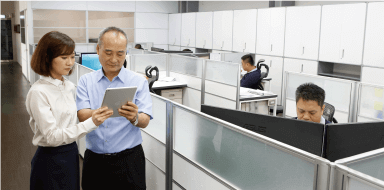Cooling excellence meets High Quality、Continuous Innovation. Elevate your standards with cutting-edge cooling solutions.

We provide Services
State-of-the-Art
Due to the limited space of the plant in Tainan Xinying, a new factory will be built in Yongkang Technology Park in 2019.
Years Experience
We Solve the Problem for Extra Heat from the Machine
Experience the convergence of cooling excellence、high quality and continuous innovation
16+ Software Development
40+ Years Client Engagement
360+ Success Projects
520+ Machine Development
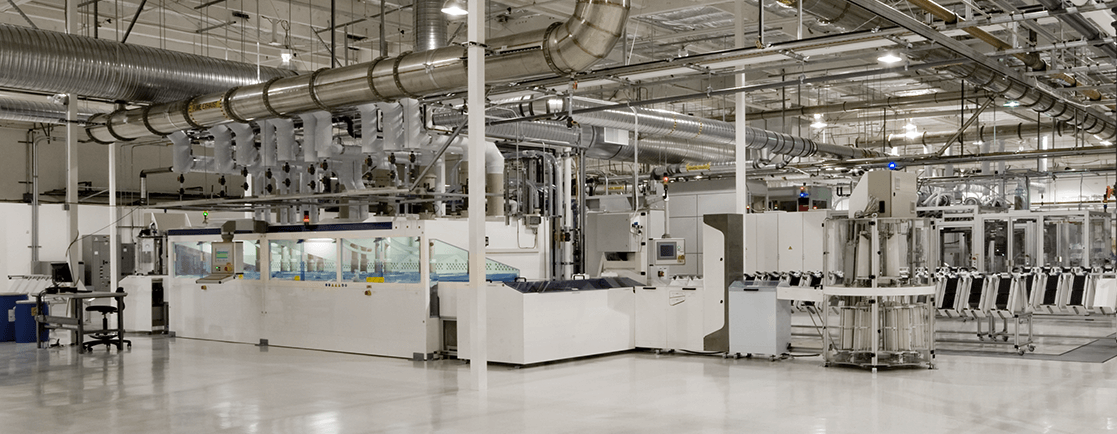
Customized Solutions for your Business.
We Solve the Problem fo Extra Heat from the Machine.
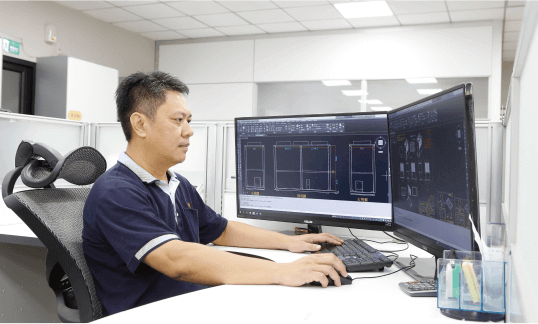
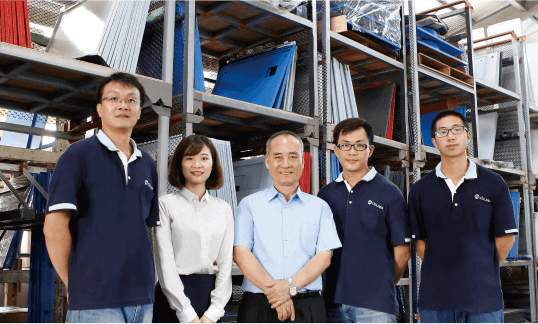
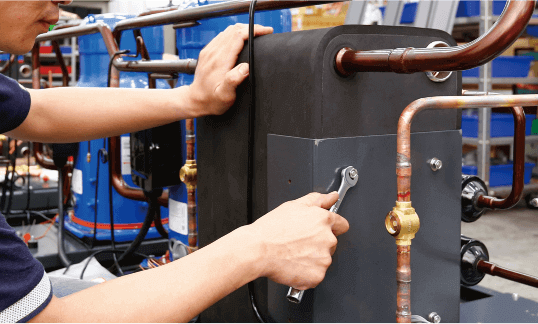
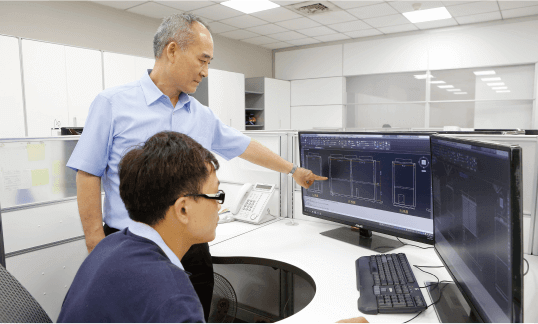
History
1952

STARTING A BUSINESS
In 1952, we specialized in the installation and maintenance of refrigeration engineering equipment (A-Rui refrigeration units repair shop)
1978
SPECIALIZE IN DESIGN
Specialize in design and manufacture with the air-conditioner equipment. Gradually transfer to produce for industrial use cooling equipment for the main products.
1989
HWANG-LIH FREEZE AIR-CONDITION MACHINE WAS ESTABLISHED
In 1989, HWANG-LIH FREEZE AIR-CONDITION MACHINE CO., LTD. was established, manufacturing industrial ice-making machines, cooler manufacturing, and industrial chillers.
2000
GIN-DAI WAS ESTABLISHED
In 2000, GIN-DAI PRECISION TECHNOLOGY CO., LTD. was established, manufacturing precise industrial cooling machine, temperature controllers and chillers.
2001
BRANCH OFFICE WAS ESTABLISHED
In 2001, the branch office was established in Shanghai.
2007
BLOWN FILM COOLER & MOLD TEMPERATURE CONTROLLER
In 2007, we also produce blown film cooler and mold temperature controllers.
2018
HIGH QUALITY, CONTINUOUS INNOVATION
The logo of Gin-Dai rebranded in 2018.
In the future
GD COLDER will start to build a new factory in Yongkang Technology Park. It is estimated to be completed in 2023.
